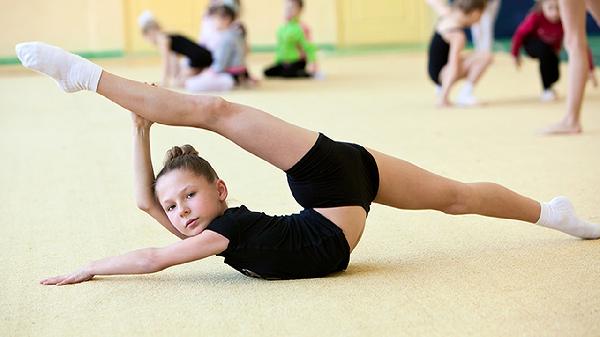If you're looking to get faster at running, the first thing you need to understand is that speed doesn't come overnight. It's a gradual process that requires consistency, smart training, and a whole lot of patience. Whether you're aiming to crush your next 5K PR or finally break that elusive sub-4-hour marathon, the principles of speed development remain the same. And trust me, as someone who's coached countless runners and logged thousands of miles myself, the journey to becoming faster is equal parts rewarding and humbling.
The Foundation: Building Aerobic Capacity
Before you even think about speed workouts, you need a solid aerobic base. Think of this as your running engine – the stronger it is, the more efficiently you can perform at higher intensities. Many runners make the mistake of jumping into speed work too soon, only to plateau or get injured. The truth is, most of your runs (about 80% of your weekly mileage) should be at an easy, conversational pace. This might feel frustratingly slow at first, especially if you're used to pushing hard on every run, but it's absolutely crucial for long-term improvement.
Structured Speed Work: The Secret Sauce
Once you've built that aerobic foundation, it's time to introduce structured speed sessions. These workouts come in different flavors, each serving a specific purpose in your speed development. Interval training (short bursts of fast running with recovery periods) helps improve your VO2 max and running economy. Tempo runs (sustained efforts at a challenging but manageable pace) increase your lactate threshold, allowing you to maintain faster paces for longer. And hill repeats? They build strength and power while reducing injury risk. The key is to incorporate these workouts strategically – typically no more than 1-2 quality sessions per week – with plenty of easy running in between.
The Often-Overlooked: Running Form Matters
Here's something many runners neglect: your form can make or break your speed potential. Small inefficiencies in your stride add up over miles, wasting precious energy that could be used to go faster. Focus on maintaining good posture (imagine a string pulling you up from the crown of your head), a slight forward lean from the ankles, and quick, light foot strikes. Your arms should swing naturally from the shoulders, not cross your midline. While you don't need to obsess over perfect form, periodic form drills and short strides after easy runs can work wonders for your running economy.
Strength Training: Your Secret Weapon
If you're serious about getting faster, you can't ignore strength training. A proper strength routine (2-3 times per week) addresses muscle imbalances, improves power output, and makes you more resistant to injuries. Focus on exercises that target your posterior chain (glutes, hamstrings, calves) and core – these are the muscles that propel you forward. Single-leg exercises like lunges and step-ups are particularly valuable for runners, as they mimic the unilateral nature of running. And no, you won't bulk up – that myth has been debunked countless times in running circles.
Recovery: Where the Magic Happens
Here's the hard truth: you don't get faster during workouts – you get faster during recovery. Those easy days between hard efforts are when your body adapts to the training stress. Skimp on recovery, and you'll either plateau or break down. Prioritize sleep (7-9 hours nightly), proper nutrition (especially post-run protein for muscle repair), and active recovery methods like foam rolling or yoga. And don't be afraid to take a complete rest day when needed – your future faster self will thank you.
Mental Game: The X-Factor
Speed isn't just physical – it's mental. Learning to tolerate discomfort is crucial for racing and hard workouts. Visualization techniques can help you prepare for challenging efforts. Positive self-talk keeps you going when your legs are screaming. And setting process-oriented goals (like completing 90% of your planned workouts) rather than just outcome goals (like a specific finish time) keeps you motivated through the inevitable ups and downs of training.
Patience and Consistency: The Ultimate Virtues
At the end of the day, getting faster is about showing up day after day, week after week. There will be setbacks – bad workouts, minor injuries, life getting in the way. The runners who ultimately succeed are those who stay consistent through these challenges. Keep a training log to track your progress (you'll be amazed at how far you've come when you look back), celebrate small victories along the way, and trust the process. Speed is earned, not given – but every step you take brings you closer to your goals.
Remember, becoming a faster runner isn't about quick fixes or magic workouts. It's about building a sustainable system of training, recovery, and mindset that supports long-term improvement. Stick with it, stay patient, and enjoy the journey – because the process of getting faster is just as rewarding as crossing that finish line with a shiny new PR.
























